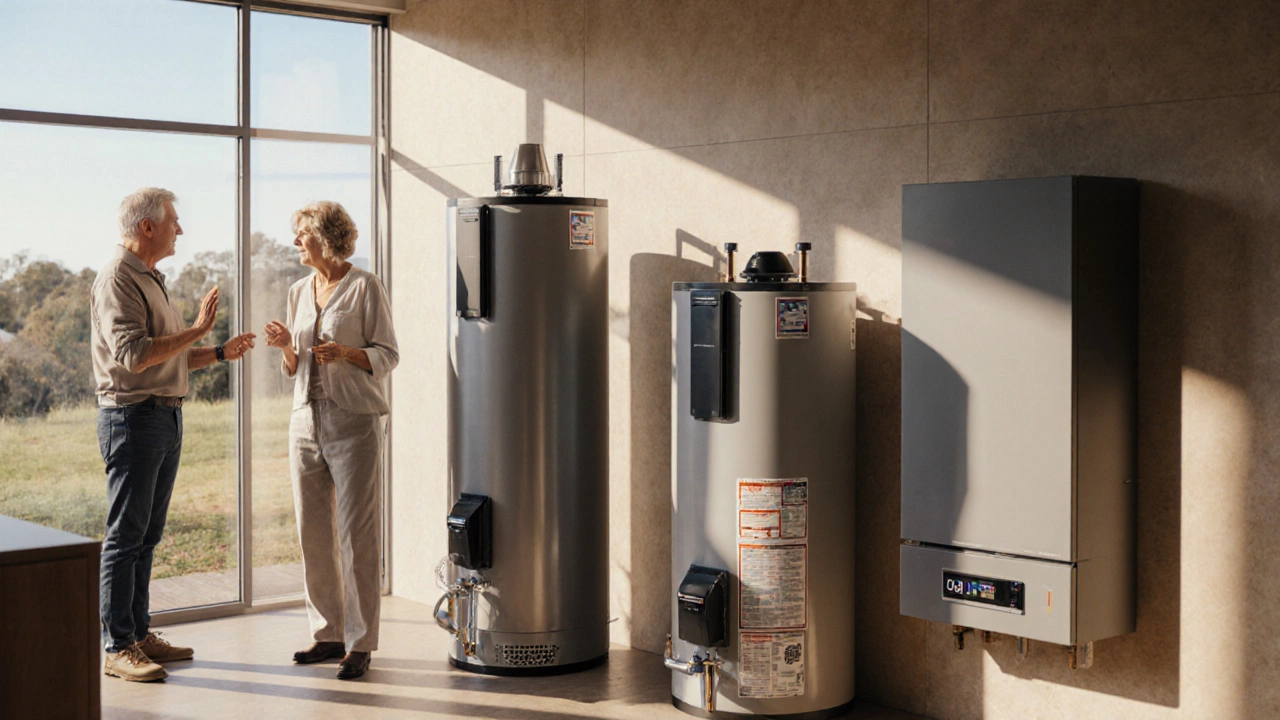Longest Lasting Water Heater – Guide to Durability and Care
When you’re looking for a longest lasting water heater, a unit that keeps hot water flowing for many years with minimal trouble. Also known as durable water heater, it relies on good design, proper care, and the right parts.
Understanding water heater lifespan, the total years a heater can operate before performance drops is the first step toward choosing a model that meets the "longest lasting" goal. Water heater maintenance, regular tasks that keep the system clean and functional directly influences that lifespan, while water heater failure, breakdowns caused by corrosion, sediment, or faulty parts shortens it. In simple terms, a well‑maintained heater lasts longer, and neglect speeds up failure. This relationship forms the backbone of any plan to achieve a longest lasting water heater.
Key Factors That Boost a Water Heater’s Life
First, the anode rod acts like a sacrificial metal that protects the tank from corrosion. When the rod is depleted, the tank steel starts rusting, and the heater’s useful life drops dramatically. Replacing the anode every 2‑3 years keeps the internal environment neutral and stalls the corrosion process.
Second, sediment buildup from hard water settles at the bottom of the tank, insulating the heating element and forcing it to work harder. Over time this causes overheating, leaks, and costly repairs. Flushing the tank twice a year removes the grit, restores heating efficiency, and extends the overall lifespan.
Third, temperature settings matter. Setting the thermostat to 120 °F (49 °C) provides comfortable hot water while reducing stress on the heating element and the tank’s metal. Higher temperatures accelerate mineral deposit formation and increase the risk of pressure relief valve discharge.
Finally, using the right type of heater for your home’s demand matters. A tank‑type unit sized correctly for peak usage avoids constant cycling, which wears out components faster. Conversely, an oversized tank runs constantly, wasting energy and shortening life.
These four factors—anode rod health, sediment control, sensible temperature, and proper sizing—create a clear cause‑and‑effect chain: longest lasting water heater = (anode rod maintained) + (sediment flushed) + (temperature set wisely) + (right‑size unit). When any link is weak, the chain breaks and failure follows.
Knowing when to repair versus when to replace is another crucial piece of the puzzle. If the heating element is faulty but the tank is rust‑free and the anode is still active, a simple part swap can add another decade of service. However, if you notice leaking at the bottom, significant rust, or repeatedly tripping the high‑limit switch, those are signs the whole unit is nearing the end of its practical lifespan and replacement becomes the smarter move.Below you’ll find a curated set of articles that dive deeper into each of these topics—how to spot early signs of failure, step‑by‑step maintenance guides, cost‑breakdown for repairs versus replacements, and real‑world examples of extending a water heater’s life. Use them as a practical toolbox to keep your hot water flowing for as long as possible.

Longest‑Lasting Water Heater Brands in Australia
Discover which water heater brands last longest in Australia, compare lifespan, warranty and price, and learn maintenance tips to extend your unit's life.